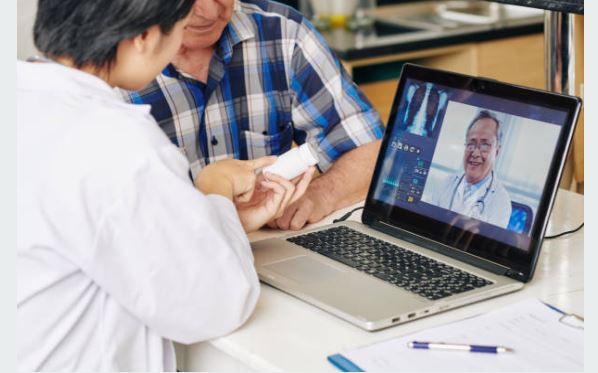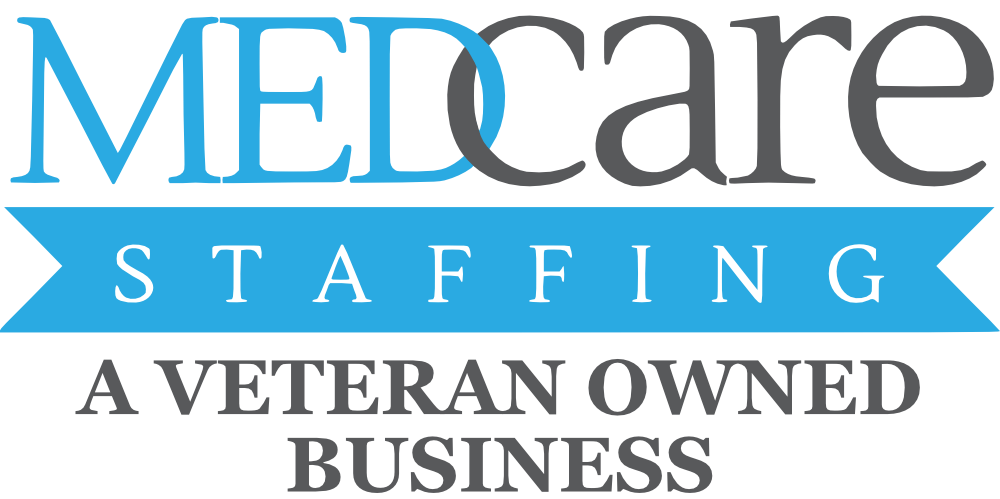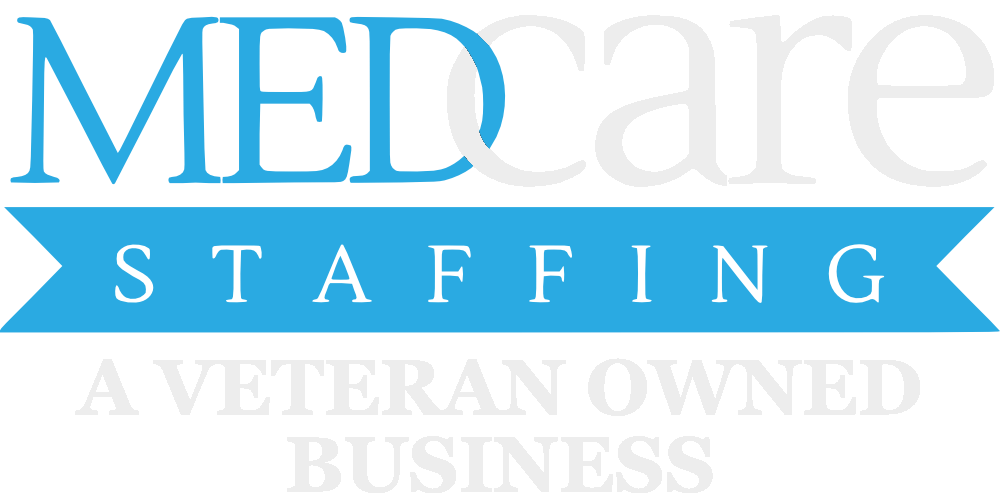
As COVID 19 struck the United States, healthcare providers faced drastic changes to the healthcare system. One of those changes was the zealous takeover of telehealth. Even though many healthcare organizations were already using some type of telehealth technology prior to COVID 19, it still was quite a surprise for the majority of healthcare providers that brought on a tad bit of a technological learning curve.
Telehealth vs. Telemedicine: What’s The Difference?
One of the earliest uses of telemedicine was in 1950’s and early 1960’s when a closed-circuit television link was established as being established between the Nebraska Psychiatric Institute and Norfolk state hospital for psychiatric consultations. The Health Resources Administration defines telehealth as the use of electronic information and telecommunications technologies to support long distance clinical health care, patient and professional health related education, public health and health administration. Technologies include videoconferencing, the internet store-and-forward imaging, streaming media and wireless communications. A healthcare provider in one infrastructure uses telecommunications to deliver healthcare services to a patient typically in a rural location.
So, what’s the difference? Although both telehealth and telemedicine basically fulfill the same goals, telemedical refers specifically to remote clinical services while telehealth can refer to non-clinical services. These non-clinical services include provider training, continuing medical education, or public health education, administrative meetings, and electronic information sharing to facilitate and support assessment, diagnosis, consultation, treatment, education and care management.
Better Access To Healthcare
The main promise of telehealth is greater access to healthcare especially in the underserved populations. Currently, the 2 most common forms of technology being utilized in telehealth are telephone communications and video communications. There is a widespread belief that healthcare costs can be reduced, while improving patient healthcare outcomes. Telehealth allows for better 2-way communication with healthcare providers.
The Real World Of Telehealth
“I’ve seen it all now. Telehealth patient smoked on a visit today and last week a lady sipped a cocktail,” stated a Family Nurse Practitioner in a recent Nurse Practitioner Facebook forum. Many Nurse Practitioners were sharing their telemedicine stories on various forums as telehealth made its COVID-19 debut. Some stories were quite comical while others incredibly insightful.
“I was visiting with a patient who had uncontrolled Diabetes Mellitus for years. I noticed a box of cornstarch on an end table in the living room as I was having a tele visit with her,” remarked a nurse practitioner on the Facebook forum. “I assumed she had a rash, so I asked her about the cornstarch. ‘Oh that? That’s my snack!’ she said. I further found out that she has been eating 3-4 boxes of cornstarch a day for more than 25 years.”
Hidden gems that can potentially save a persons life like these may go unseen in a normal day to day clinical setting. Telehealth captures patients in their natural habitat, most likely their home environment where they feel comfortable to be themselves. In a sense it’s like watching a reality TV show, which may lead healthcare practitioners to better understand their patients and detect interesting answers to complex problems.
The Pros And Cons
The benefits to telehealth are many. In the past there were several barriers to telehealth such as licensing and reimbursement. On March 17, 2020, the Health and Human Services Office of Civil Rights stated that no penalties would be imposed for the good faith provision of telemedicine during the COVID‐19 public health emergency, even if the technologies used may not fully comply with HIPAA requirements. The CMS announced on April 30, 2020, it would temporarily increase payments for telephone visits to match in‐person and video visits. Barriers to interstate licensure have largely been lifted. Most states have momentarily waived interstate licensure requirements. Other states have allowed rapid provision of medical licensure during the current public health emergency.
Some Other Pros Include:
-Lower transportation costs for patients in rural areas
-Reduce worker absences
-Improve access to specialty care
-Decrease office no shows for office providers
-Better patient outcomes
A few important ‘cons’ to consider:
-Technical training and equipment: Some patients may not have access to telehealth services. Also, there is a technology learning curve to be addressed with both patients and providers.
-Time and Costs: It takes time for providers to learn different forms of technology as well restructuring IT support as well as purchasing equipment.
-Accessibility to patient records, privacy and continuity of care: Patient privacy must be given thoughtful consideration with telehealth.
-Fewer in person visits: The human one to one in person connection may be lost. Also, vulnerable patients with no access to technology may be left behind.
-Healthcare laws, licensing, credentialing and reimbursement: Although many restrictions that were in place before the emergency COVIID19 pandemic cleared much of the red tape that these issues brought into telehealth, all providers need to be aware of them in future as things shift.
It might take some getting used to, but it looks like telehealth is here to stay and the new ‘normal.’ A tip for health care providers using new technology for the first time is to keep an open mind when using telehealth, and not be so hard on yourself. It’s easy to get frustrated with new technology. Remember, with everything new, comes a learning curve. Keep in mind you are experiencing new territories and getting a better picture of your patients natural environment. Those natural environments and the hidden treasures that they hold, can actually help you save their lives and make a you a better healthcare provider.
Who are we? MedCare Staffing is a small, veteran-owned, family-oriented team. We start every day with gratitude because we LOVE what we do! We are a team on a mission to make a positive difference in the lives of our clients and providers.
What we do: We place Physicians, Dentists & Advanced Practitioners in Locum Tenens, Contract Positions and Permanent Jobs
To contact MedCare Staffing, call 888.474.3380 or visit or website by clicking here!
Ersilia Pompilio RN, MSN, PNP
References

